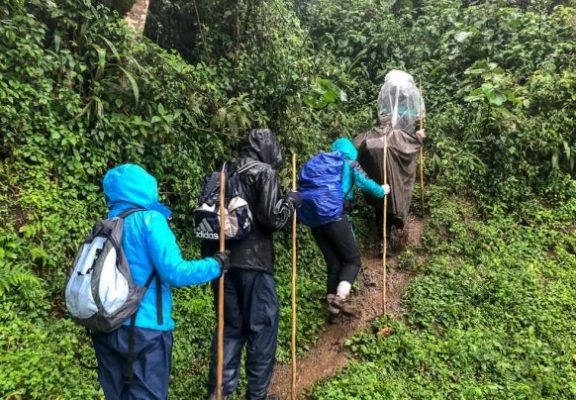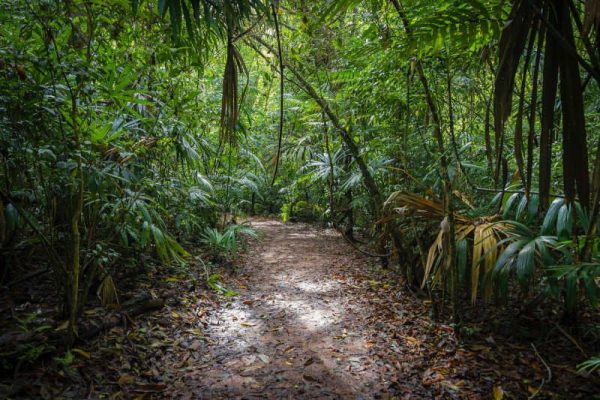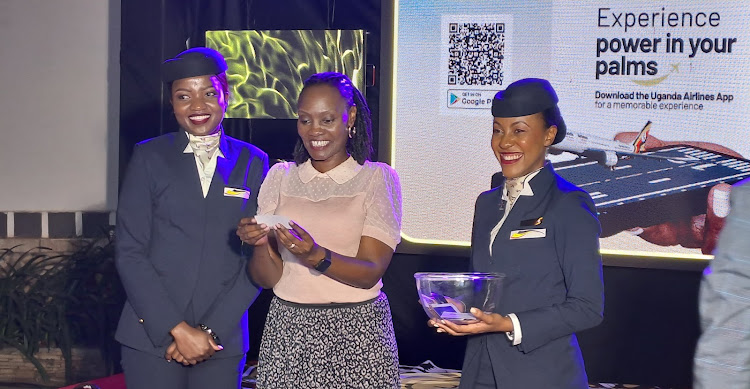Trekking and Hiking are some of the best ways to stay fit and active, whilst also getting out in Nature. Although the difference – which we will explain below – is very marginal, trekking and hiking have some distinctive features.
The best gear for trekking and/or hiking can be different, for instance. Also, sometimes the best places to go hiking differ from an ideal trekking spot.
This article will explain the difference between trekking and hiking, and tell you how to start trekking the different travel destinations yourself! It will then tell you everything you need before you go on a trekking or hiking holiday, and then explain which the best places to go trekking or hiking.
Trekking Definition: Trekking is normally defined as going on a long journey, typically on foot. This is a very simple way to look at it. The meaning, however, is much more nuanced.
Trekking isn’t just the way in which we walk to get some place. It’s also a really fun, exciting and communal activity that pretty much anybody can take part in.
It’s basically just a sport which is centred around walking, with a destination in mind, and taking in nature and your surroundings.
You may also have heard trekking referred to as hiking. We will discuss the differences between the two next.
Trekking Vs Hiking: The difference between trekking and hiking, as mentioned before, is quite small. Really, it’s all about length, terrain, and location.
Length: As for length, trekking normally involved a long walk of several days or more through rugged terrain. Hiking, on the other hand, normally refers to a day hike, most often up a mountain. Example: “we went trekking at Wanale hills for 2 weeks”, but we “hiked up a mountain Elgon last weekend”.
Terrain: The terrain is another key difference between trekking and hiking. When one thinks of trekking, at least for me, it conjures up images of dusty desert paths and treacherous jungle.
This is accurate. When you go to places like the Karamoja region, travel companies and tour operators refer to ‘trekking’ rather than hiking most of the time.
Hiking, on the other hand, makes you think of snow-capped mountains and lush like the Rwenzoris, green valley’s think more of Bundibugyo Rift Valley region, Uganda’s National Parks Etc.
Location: This leads us on to location, another key defining characteristic of both hiking and trekking.
Basically, both the terms trekking and hiking are generally used for a similar thing that is done in different places around Uganda. If you go for a long, arduous walk in the desert or jungle, then this might be considered trekking.
However, if you went up some mountains, then this might be considered hiking. This might even be considered backpacking if your trip involved sightseeing and staying in the outdoors along the way.
To be honest, though, these terms are very interchangeable. In our Guide2Uganda travel experience, they basically mean the same thing and it just depends who you’re talking to. So don’t get too caught up in the terminology!
Different Types of Trekking
There are many different types of trekking. Despite their unique characteristics, they all involved doing the same thing (walking!).
Even so, let’s have a look at the different kinds of trekking; their origins, and a bit about each kind.
Mountain Trekking
Probably the most common and popular type of trekking, mountain trekking resides – in terms of difficulty – just under mountaineering. Mountaineering is the sport of scaling mountains.
Notable Sports brands are reputable sponsors of modern adventures, which nowadays combine mountaineering with other sports like skiing, snowboarding, and rock climbing.
Trekking in the mountains, on the other hand, is what is says on the label: going for a trek in a mountainous area!
These sort of trips will normally last a few days, but can sometimes take up to a month. Treks in the mountains very often form a part of an approach (the ascent to the beginning of a more technical climb).
Somewhere in between trekking and mountaineering lies the domain of scrambling. This is basically a bit of hiking with a bit of rock climbing thrown in there.
The Best Backpack for Mountain Trekking
For trips of this length and terrain, we can recommend a decent backpack from Vaude. At 30L, this backpack will see you through a long trek in the mountains. It’s affordable, and well ventilated, so should keep you comfy on the road.

Jungle Trekking
Jungle trekking is completely different from trekking or hiking in any alpine environment. It’s hot, humid and the air just feels thicker. In many ways, its more difficult that trekking in the cold.
Jungle trekking will normally be done in shorts or, ideally, breathable pants. You will need to bring lots of water, and something to wipe the sweat off of your face.
Jungle treks are often just a 1 day activity. Otherwise, you will normally need to bring a tent or a hammock like the one below. Watch out for creepy crawlies!
We can’t recommend hammocks for jungle camping enough. They’re normally a lot more breathable than a tent, and they keep you off the ground where all the bugs live.

The Best Backpack for Jungle Trekking
For going into the jungle, we’d probably recommend something like the Recon from The North Face. It will hold all your stuff for a one or two day trek in the jungle (if you stuff your hammock/bivy in it as well).

Backpacking
Backpacking in Uganda’s National Parks is something we really love doing. Backpacking traditionally involves hiking for several days – up to several months! – with your backpack and staying in cabins or camping along the way. It’s normally done in National Parks.
Nowadays, one can go backpacking in any of the national parks
Backpacking is extremely good for your body, as you spent a great many hours just walking outdoors in nature and fresh air.
It’s also a great way to meet people, and have experiences that you simply can’t get at home or in the city. So why not making backpacking one of Uganda’s popular trails your adventure plans!
The Best Backpack for Backpacking
For backpacking, we can’t recommend Osprey enough. They’re made from super durable material, which is pretty much waterproof without any treatment or rain cover. They’re also really convenient and comfy.
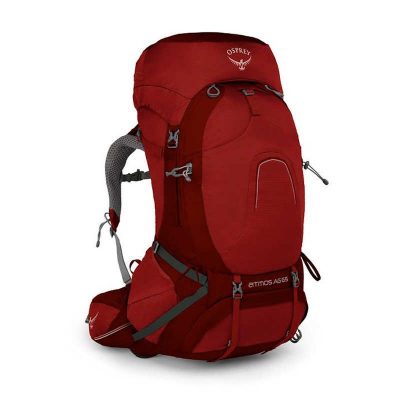
Best Trekking Gear and Equipment
Now that you know a bit more about the different types of trekking and hiking, as well as the difference between them, let’s move on to what you need before you start trekking.
First up is trekking gear. It’s super important to make sure you have the right equipment before you go on a trek, regardless of its length..
Otherwise, here is a quick guide on the best trekking gear to buy or rent for your trip.
Trekking Poles
The type of gear you need totally depends on the terrain and location of your trek. Trekking poles, for instance, like the pair below, are best when used on more technical treks and hikes.
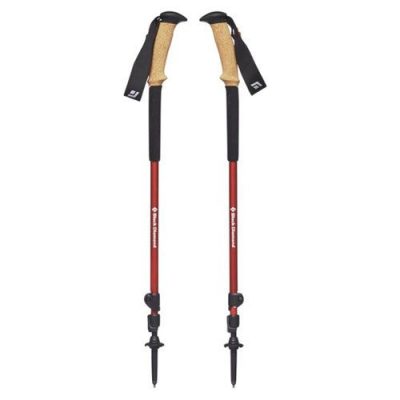
The benefit of trekking poles is that you can use your entire body to move forward, rather than just your legs. Trekking poles activate the muscles in your upper body as you push them into the ground, and help you conserve energy on long treks.
Tents
Gear also depends on the length of your trip, and where you can stay along the way. You might not need all that much camping gear for trekking in Murchison Forest National Park, for instance, because the treks may have tea houses on the routes.
If there aren’t such facilities, you’re definitely going to need a good tent. We can recommend the bivy below from Rab. It’s roomy enough for 1, and super lightweight.
Obviously you’re going to need a decent backpack, and we’ve listed a few above which we think are the best backpacks for trekking, be it in Kidepo National park or Mt. Elgon National park.
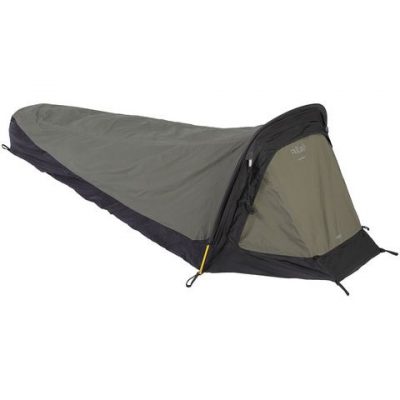
Besides that, you’re going to want to pick yourself up a decent jacket. High performance jackets for men and women are available at many online retailers. Just make sure it fits you nice and snug, whilst also allowing some room for under layers.
Hydration System

Another thing we really advise you to invest in is a Hydration Pack. Camelbak provides, without a doubt, the best hydration systems on the market.
What Else Do I Need For Trekking?
We’ve had a look at the best gear and equipment you need for trekking, but what else do you need before setting out into the wilderness?
We figure that the two most important things are: supplies and good levels of fitness.
Supplies
Supplies (food, water, etc.) are also really important when you’re going trekking. I can’t tell you how many times I’ve been stuck on a 7 hour hike with only half a litre of water, and a bag of chips.
Before you go on a trek, check out the map, and ask local guides or tourist information centres about the length of the trek, its features, and their recommended inventory.
Fitness
Another really important factor in trekking is fitness. Fitness determines which treks you can do, how easy you will find them, and how much you can ultimately push yourself.
The Adventure Begins
We’ve tried to be as brief as possible, but there’s just so much to say when it comes to hiking spots and outdoor gear.
We’ve given you the low down of what the difference between hiking and trekking is, and how they are pretty much the same thing, but it just totally depends who you’re talking to!
Above you’ll find information about everything you need to bring with you on a hike and why, with detailed examples of some pieces of gear.
We’ve also described some of the Uganda’s most renowned hiking locations, some of which, might be right on your doorstep. Hopefully, my drooling over the scenery has encouraged you to make one of these parks the destination of your 2020 hiking holiday after we overcome the Coronavirus pandemic and travel soon!
At Guide2Uganda, we love all types of sports and adventures, especially those that push your limits. Hiking is easily one of our best and favorite pastimes, and we would recommend it to anyone looking to get out of the house, or pick up a new sport the next travel season.
Let the adventure begin!
About Guide2Uganda
Guide2Uganda (www.guide2uganda.ug) is the most comprehensive source of information about Uganda that exists on the web, with more content on Uganda and surrounding towns, attractions, museums and galleries than any other online guide that currently exists for Uganda as well as being a dynamic news and comprehensive events driven site with content being added daily.
According to WeFollow & Peer Index (whom both measure online influence) we are among the most influential online media organizations in Uganda. We were also awarded for ‘’Best Destination Website in Uganda’’ by Jumia Travel Uganda in the 2017-2018 Africa Travel Awards. If you are planning a visit to Uganda you can always reach us on; info@guide2uganda.ug

